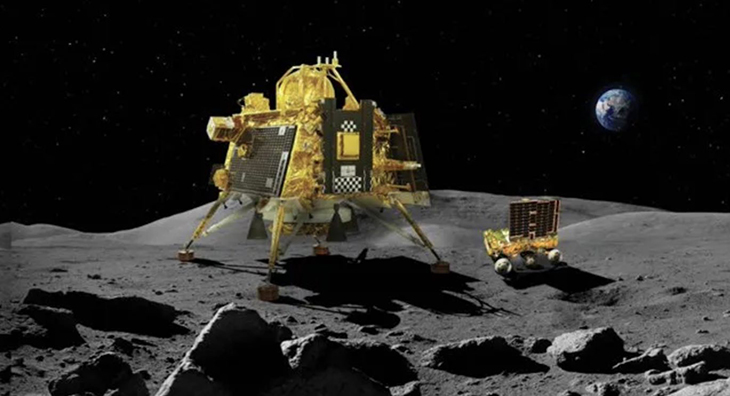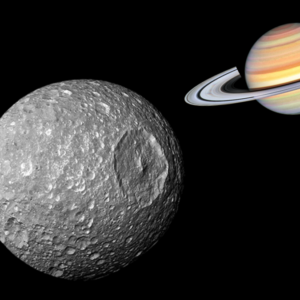
On August 23rd, India etched a historic chapter in the world of space explorations. In fact, the chief of the Indian Space Research Organization (ISRO) exclaimed “India is on the moon” after achieving the extraordinary feat of successfully landing a lander and rover duo on the Lunar South Pole.
This monumental accomplishment catapulted India into its elite league of nations conducting lunar missions, joining the ranks of the United States, Russia, and China even beating Japan, despite having failed its first attempted mission after hitting a crater rim. What makes India’s mission particularly distinctive is its pioneering venture into the uncharted territory of the Moon’s South Polar Region.
Positioned between the Manzinus C and Simpelius N craters, the Chandrayaan-3 mission has already displayed exceptional promise. Both the Vikram lander and the Pragyan rover quickly established communication with the ISRO command center and efficiently unfurled their solar panels to power their scientific instruments.
The Vikram lander plays a pivotal role in this mission, armed with an impressive array of four scientific instruments. Among these, a seismometer emerges as a crucial tool for detecting moonquakes, thereby providing invaluable insights into lunar geology and seismic activity. Another invaluable instrument onboard Vikram is a passive laser array, the thermophysical probe, which already returned data after drilling into the Lunar surface, measuring temperature differentiations between a variety of depths.
Furthermore, the fourth instrument abroad Vikram is dedicated to studying the moon’s ionosphere, a region teeming with electrons and ions generated by solar radiation. Indian physicists are eager to explore whether the ionosphere maintains stability over time or experiences density fluctuations. This research could furnish insights into the dynamic behavior of this lunar region.
The moon’s South Pole hold immense importance due to the potential presence of frozen water trapped within ice. To investigate this intriguing possibility, the Pragyan rover will dedicate two weeks to meticulously examining the lunar regolith, a complex mixture of small rocks and dust. The primary objective is to pinpoint these hidden ice deposits, which could serve as a vital resource for future lunar missions.
The discovery of ice on the moon’s South Pole promises a multitude of benefits. It holds the potential as a life-saving resource for astronauts, potentially reducing the need to transport water from Earth. Furthermore, it opens the door to in-situ production of rocket propellants, which could significantly cut the costs associated with manned lunar missions.
Additionally, the permanently shadowed craters in the South Pole region offer a unique opportunity for the placement of advanced space telescopes. These telescopes could peer deeper into the universe, unveiling the mysteries of distant galaxies and expanding our understanding of the cosmos.
Recognizing the significance of resource efficiency in space endeavors, the thrust module that transported the lander and rover to the Moon is equipped with a scientific instrument. This instrument will monitor Earth’s orbit as if it were an exoplanet, providing valuable data and insights for space exploration.
The names of the lander and rover, Vikram and Pragyan, carry special significance. Vikram, derived from Sanskrit, signifies valor, embodying the spirit of exploration and discovery. Pragyan, also rooted in Sanskrit, means wisdom, symbolizing the knowledge and insights gained through this groundbreaking mission.
See more about this incredible story in the video below:
What are your thoughts? Please comment below and share this news!
True Activist / Report a typo


